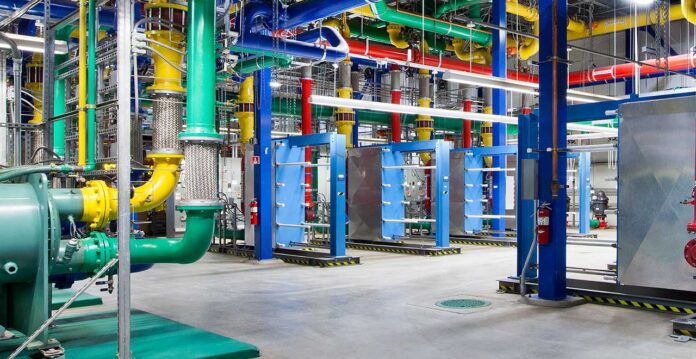Facebook CEO calls addition of Google a ‘strong symbolic move’
SAN JOSE, California – The Open Compute Project, started by Facebook in 2011, has grown to encompass some of the biggest names in tech hardware including Microsoft, Intel, Ericsson, and now Google.
The announcement came on March 9, the first day of the Open Compute Project Summit being held in San Jose, California. Google Technical Program Manager John Zipfel explained the move in a post to the Google Cloud Platform blog.
“The Open Compute community is an established collection of consumers and producers, and we see an opportunity to contribute our experience and expand the Open Rack specification,” Zipfel wrote. “We’re collaborating with Facebook on a common 48V rack that we intend to submit for consideration by OCP. … Today’s launch is a first step in a larger effort. We think there are other areas of possible collaboration with OCP. We’ve recently begun engaging the industry to identify better disk solutions for cloud based applications. And we think that we can work with OCP to go even further, looking up the software stack to standardize server and networking management systems.”
Back to that 48-volt rack. The Google-developed specification includes the 48-volt power distribution and a form factor designed to allow racks based on Open Compute Project standards to fit into Google data centers. Google has been focused on data center power efficiency for some time; in 2006 the company released details of its 12-volt architecture. As the company’s power needs grew, researches developed the 48-volt rack power distribution in 2010, which resulted in a claimed 30% boost in energy efficiency.
“Energy efficiency in computing is a topic that has been near and dear to our hearts since the early days,” Google noted. “We began advocating for efficient power supplies in 2003, and in 2006 shared details of our 12-volt architecture for racks inside our data centers – the infrastructure that supports and powers rows upon rows of our servers. … Our 48V architecture has since evolved and includes servers with 48V to point-of-load designs, and rack-level 48V [lithium-ion] UPS systems. Google has been designing and using 48V infrastructure at scale for several years, and we feel comfortable with the robustness of the design and its reliability.”
Facebook CEO Mark Zuckerberg, in a post to, well, Facebook, said Google has lots of in-house expertise that can benefit the larger industry, and stressed the importance of increasing compute power considering burgeoning applications like virtual reality and artificial intelligence.
“Google has always built some of the best infrastructure in the industry, so this is strong symbolic move that our open model of development is the best way forward for everyone,” Zuckerberg wrote. “Google has always built some of the best infrastructure in the industry, so this is strong symbolic move that our open model of development is the best way forward for everyone. Over the next decade, we’re going to build experiences that rely more on technology like artificial intelligence and virtual reality. These will require a lot more computing power, and through efforts like OCP, we’re developing a global infrastructure to enable everyone to enjoy them.”

